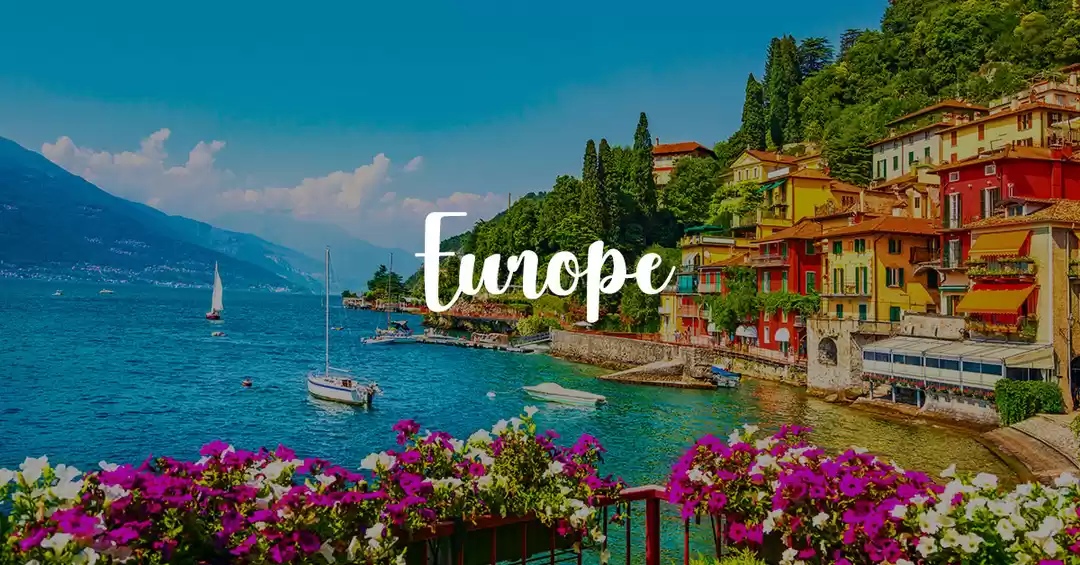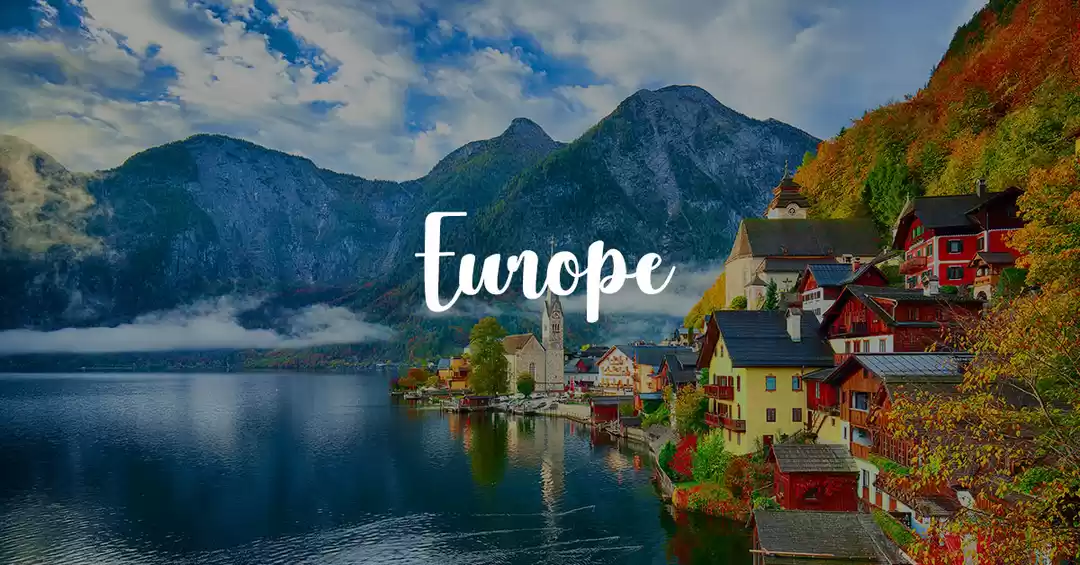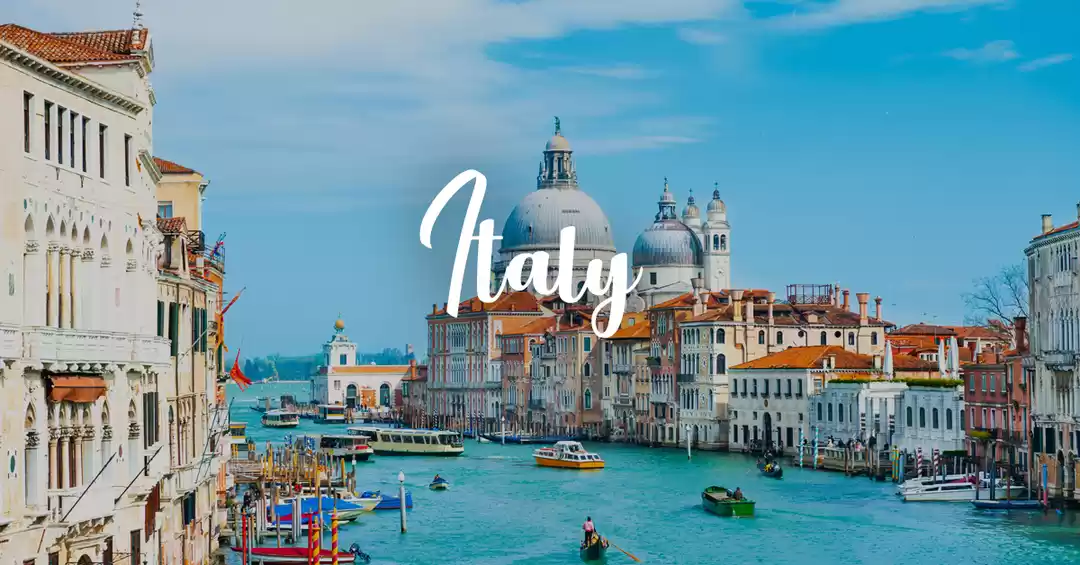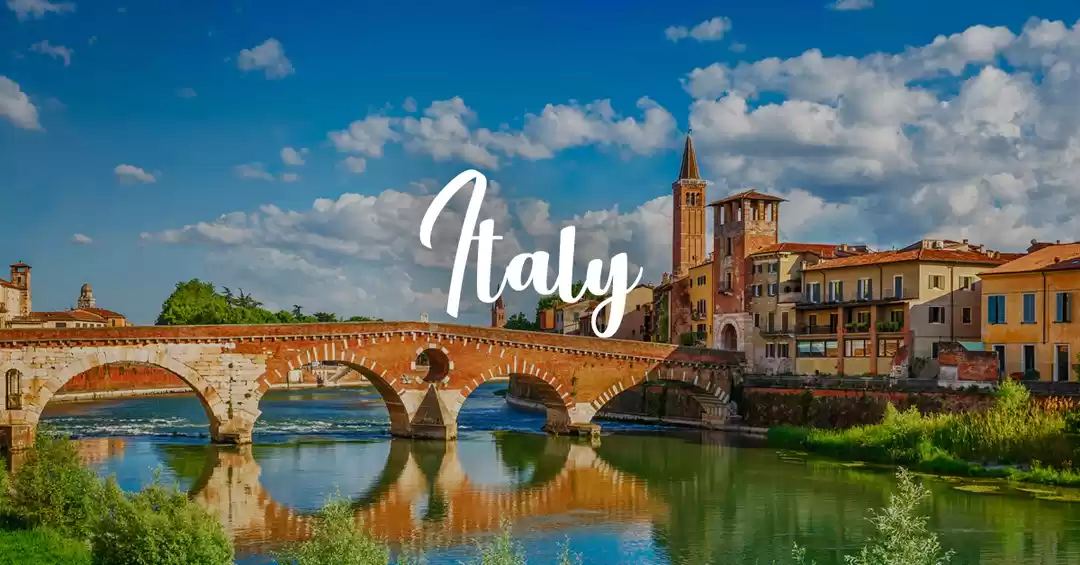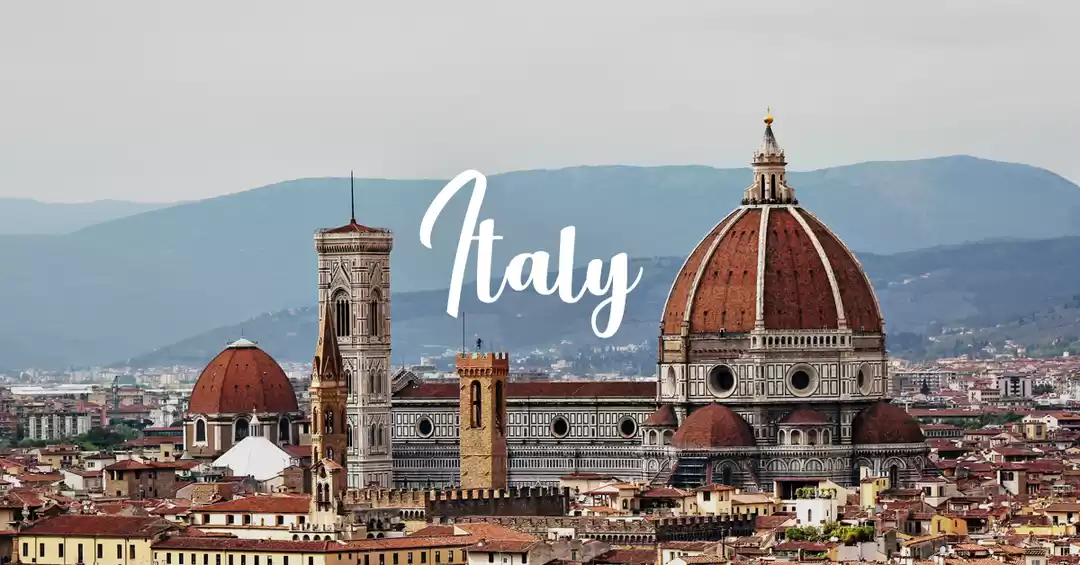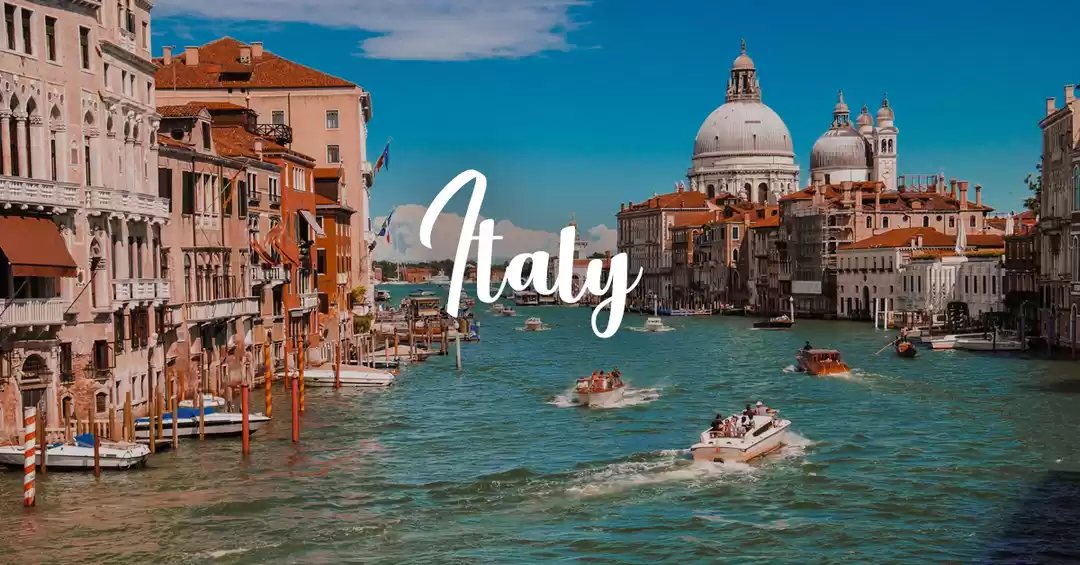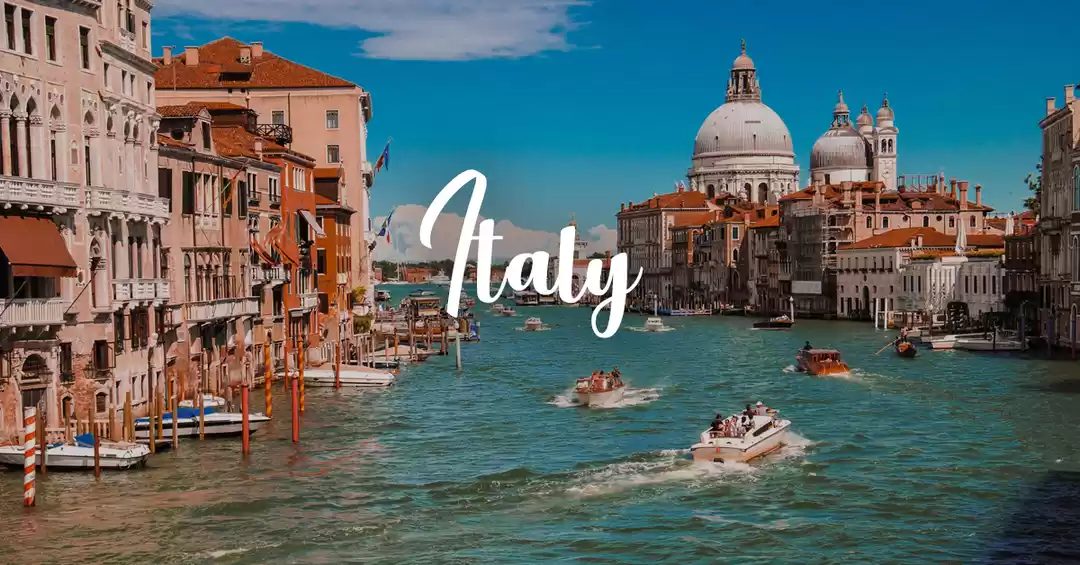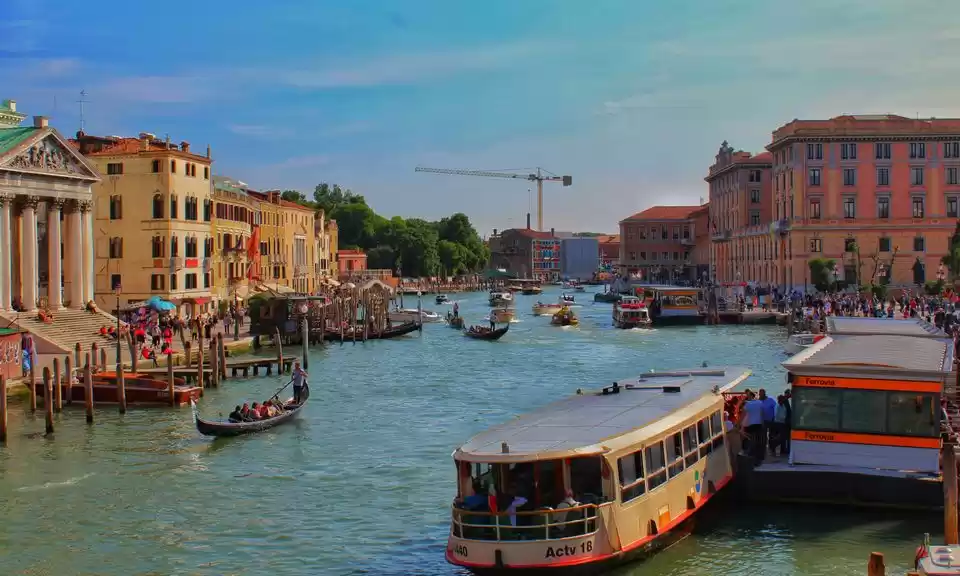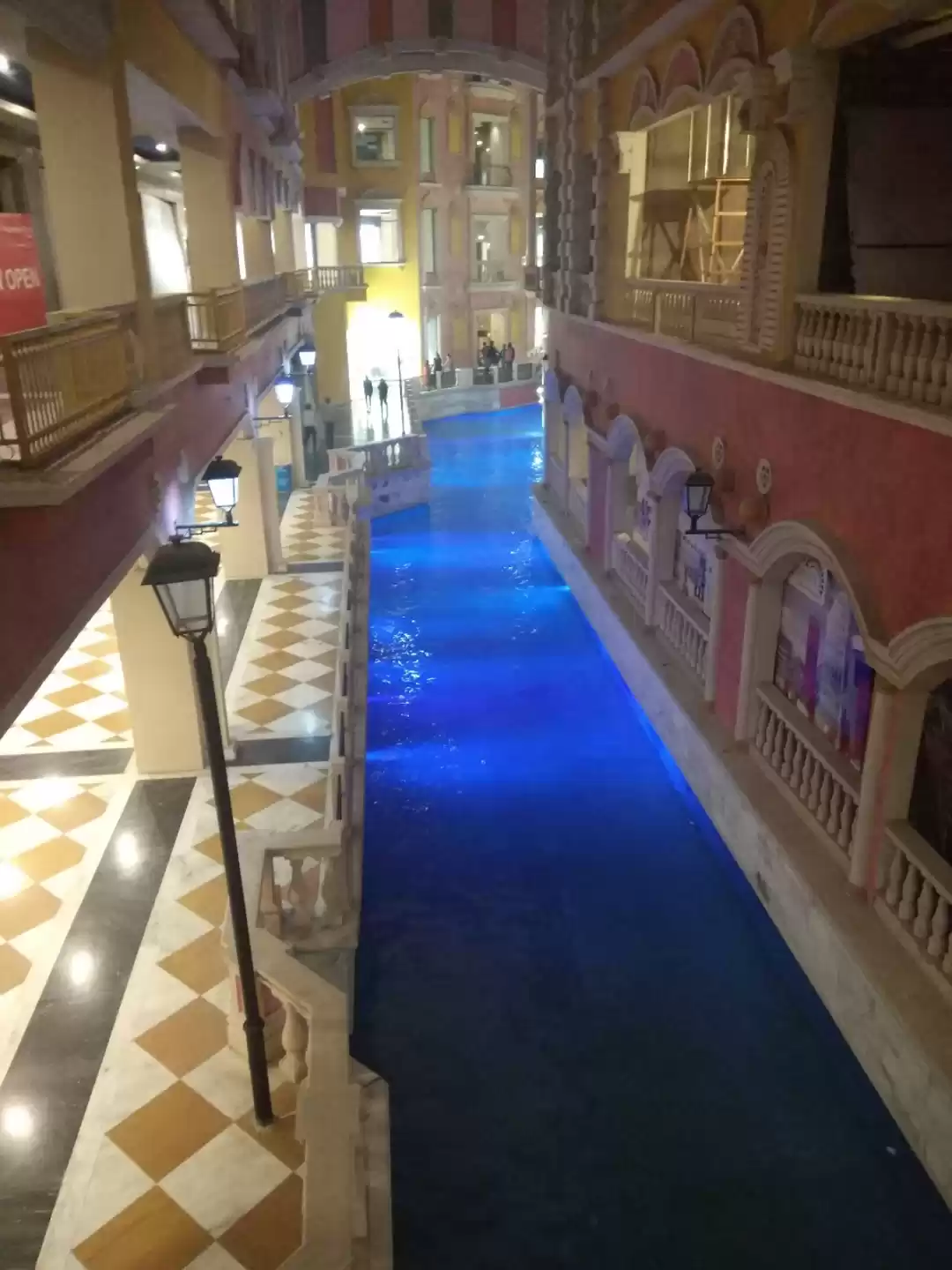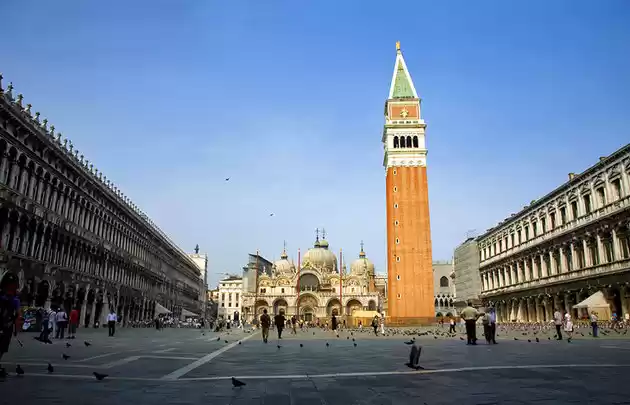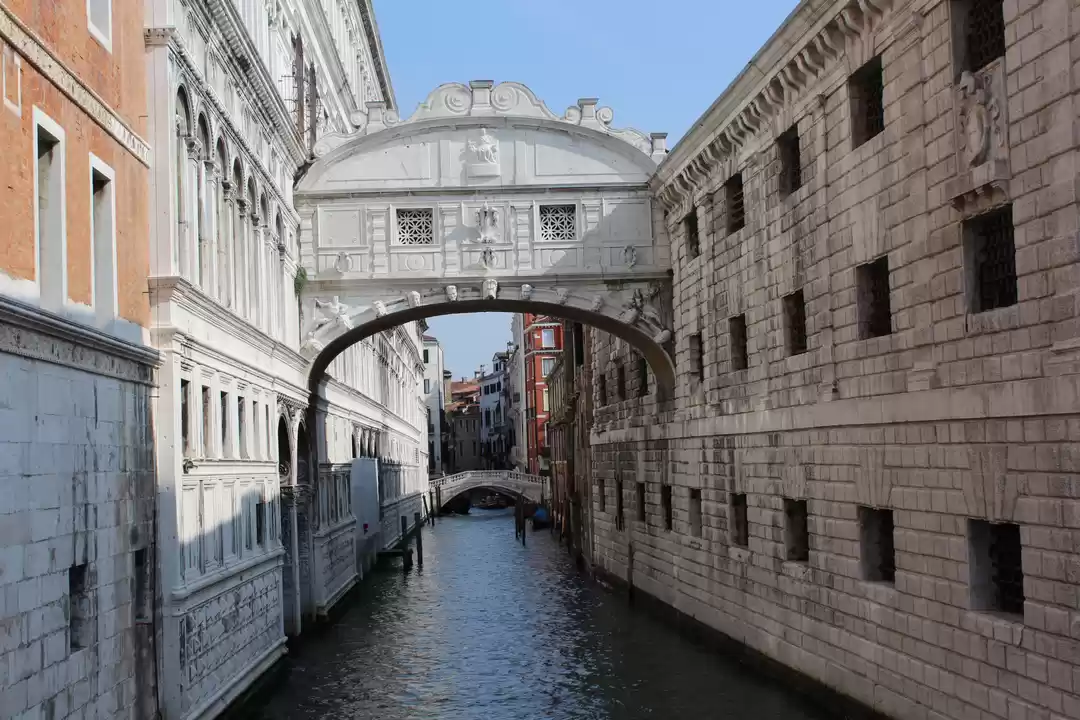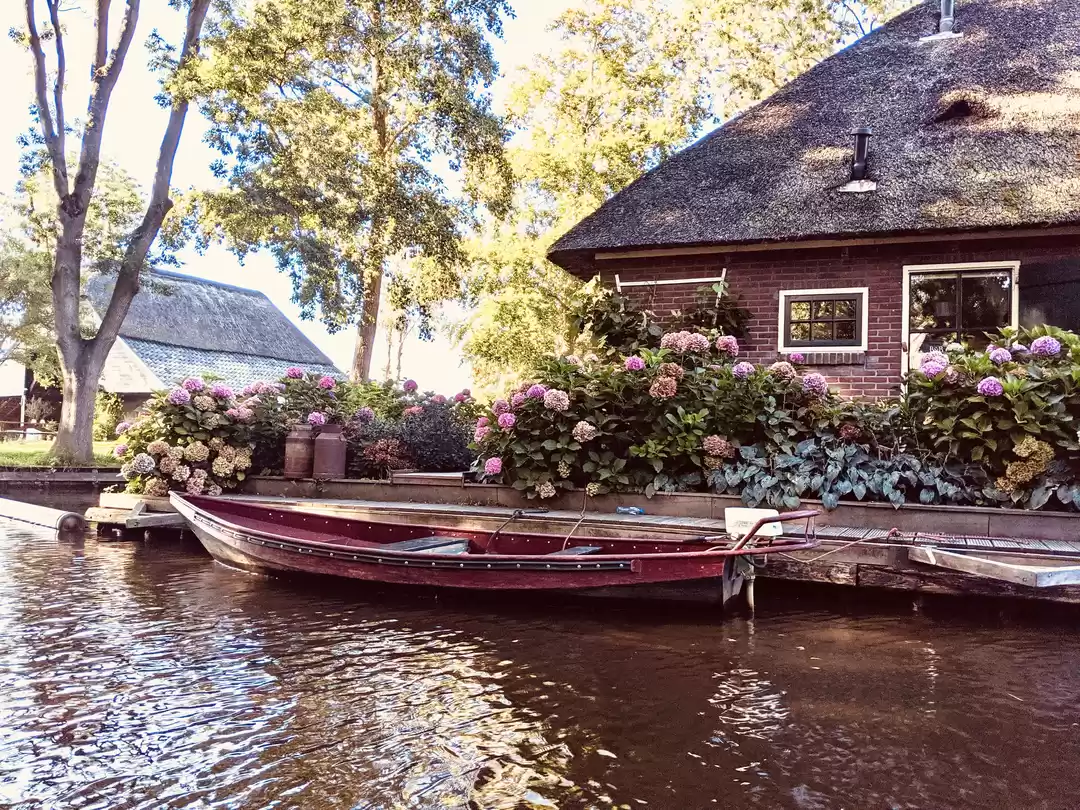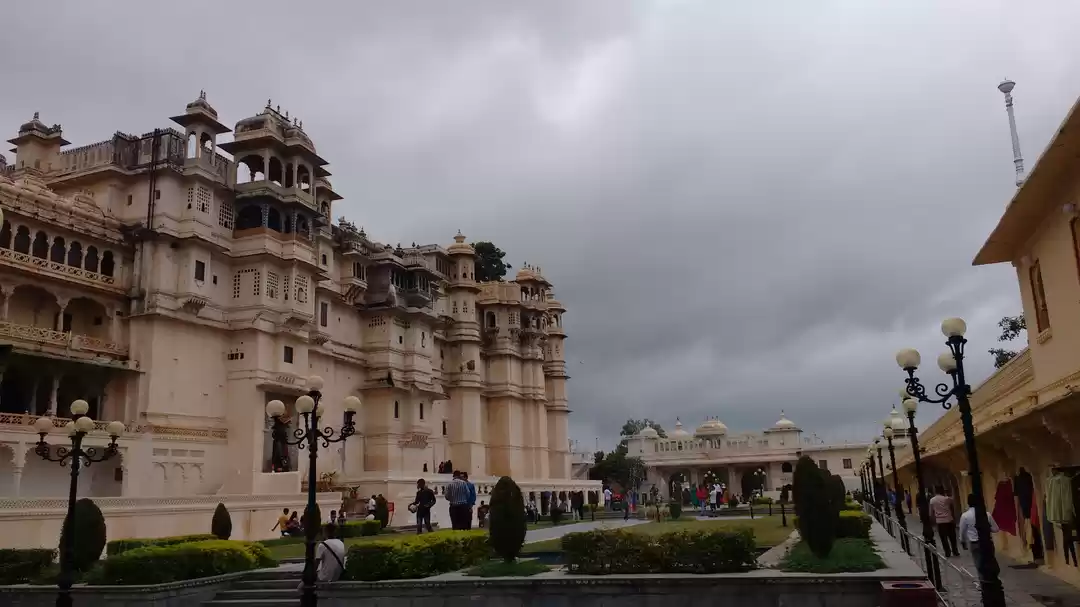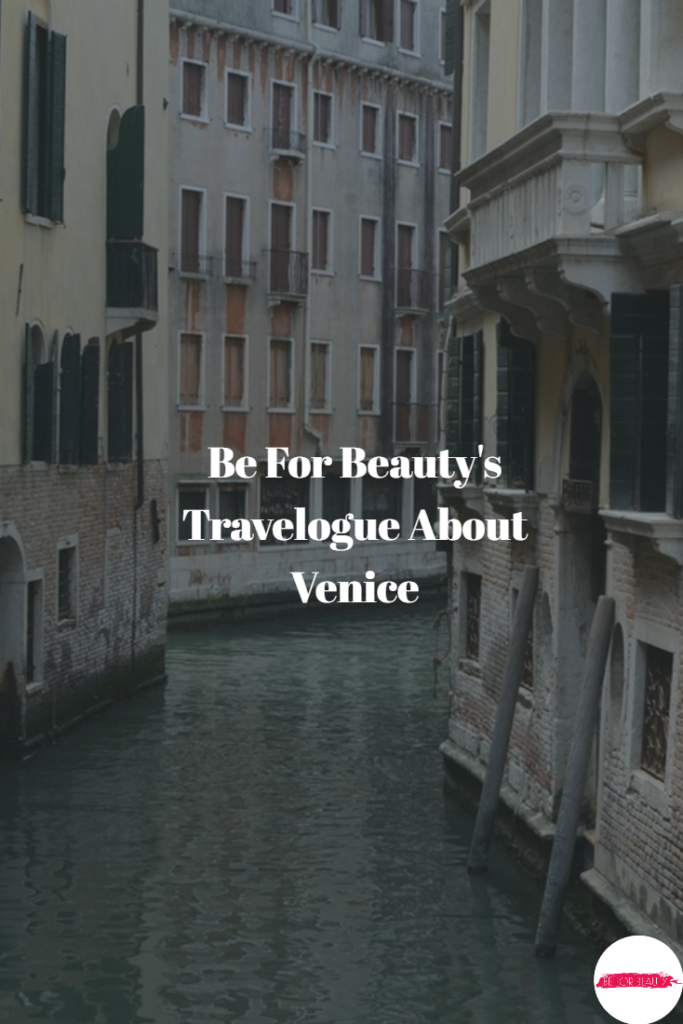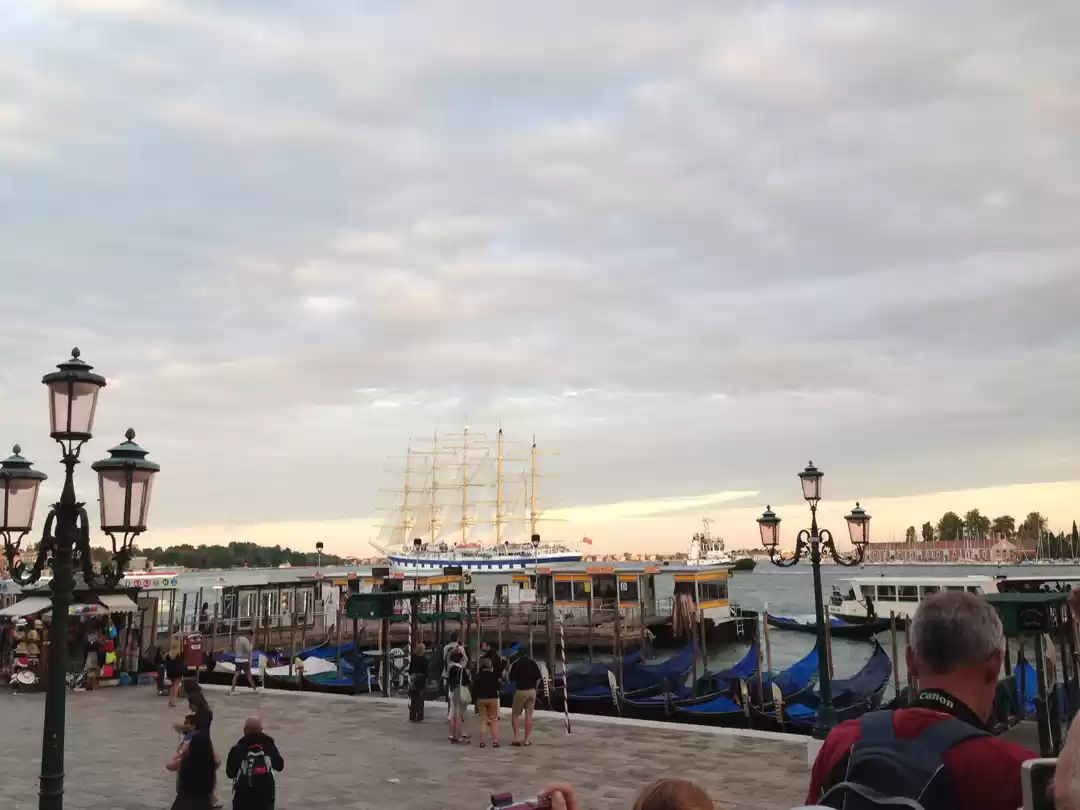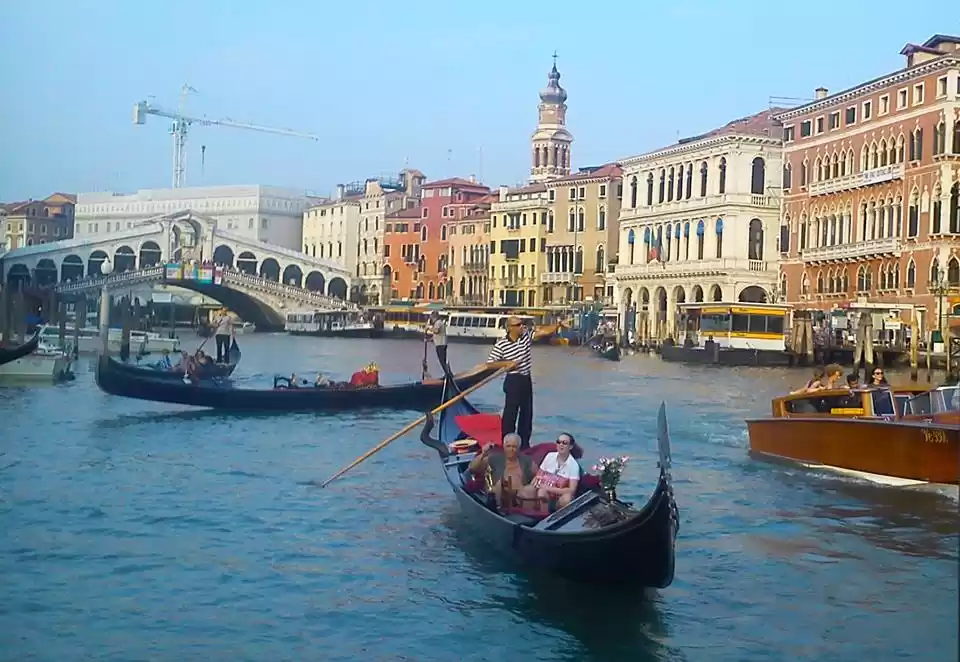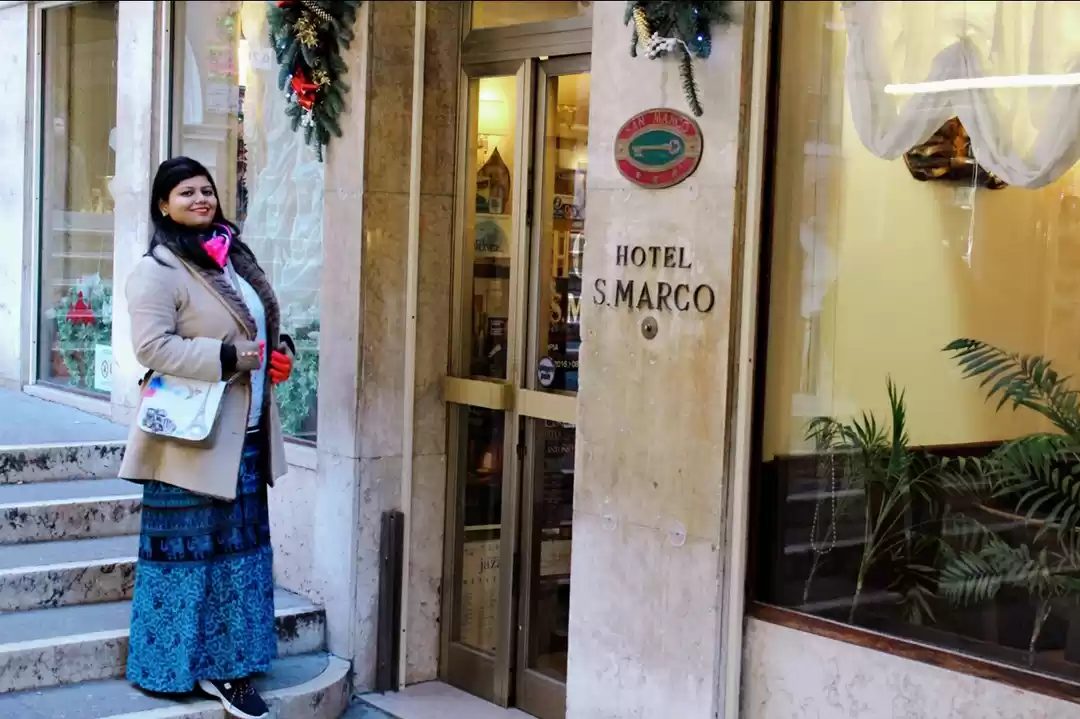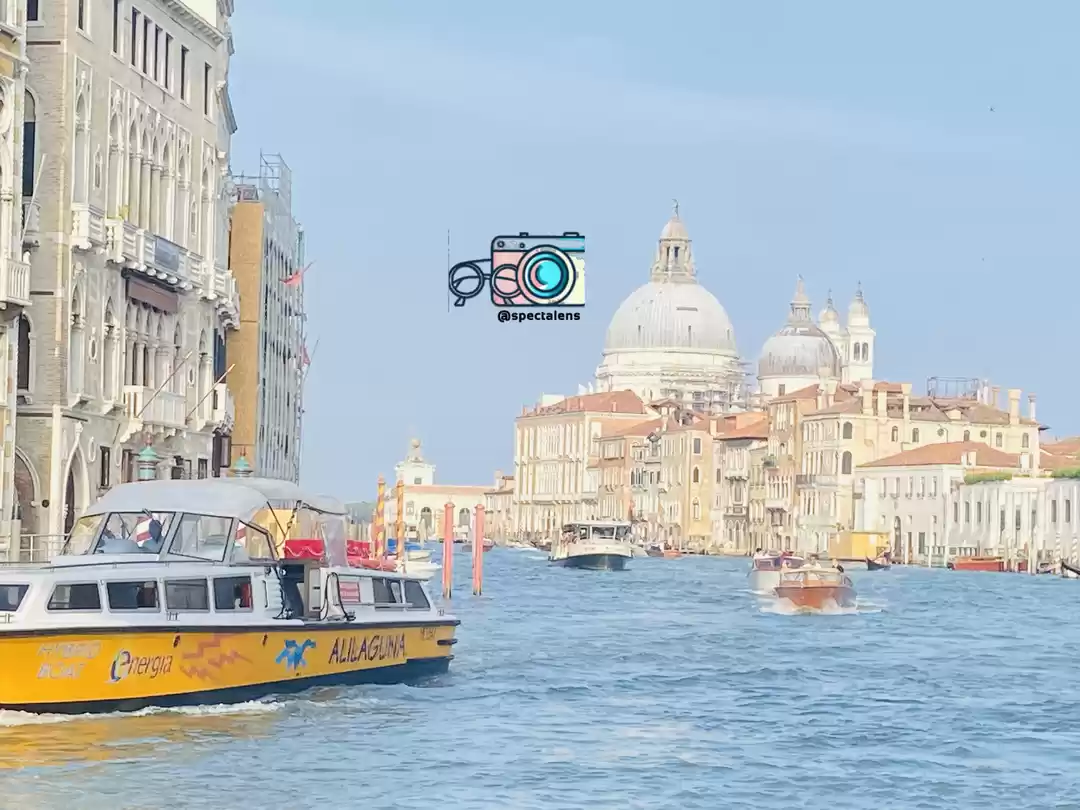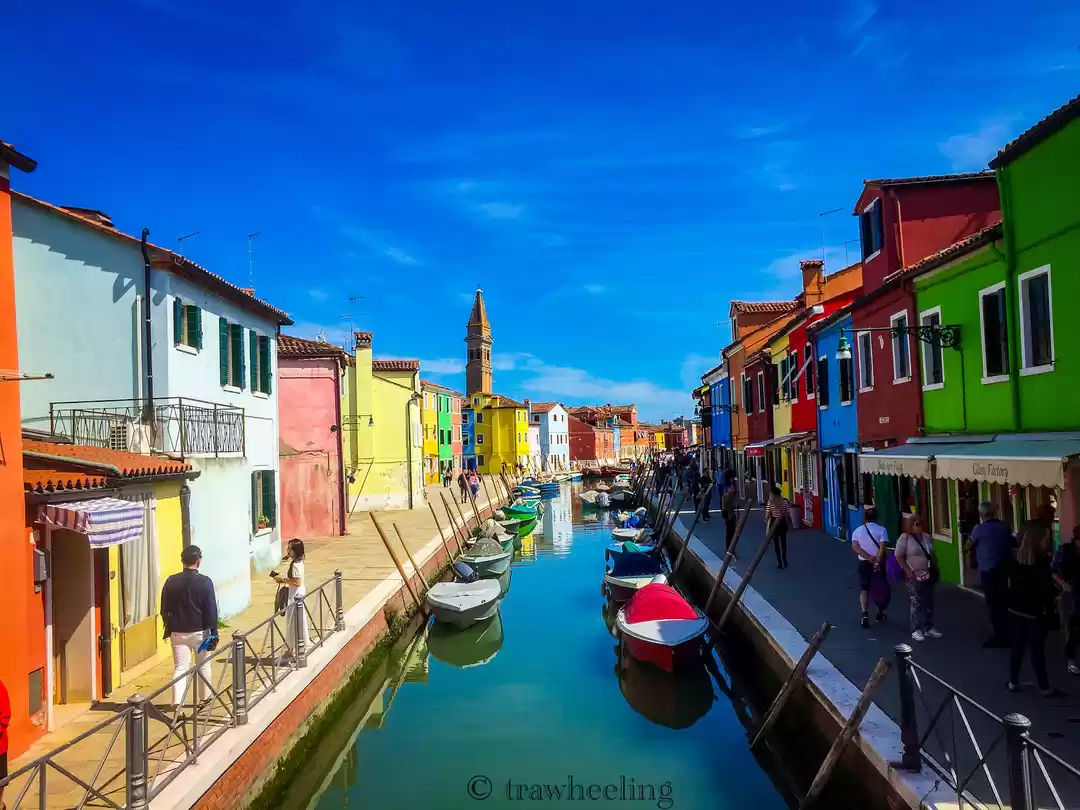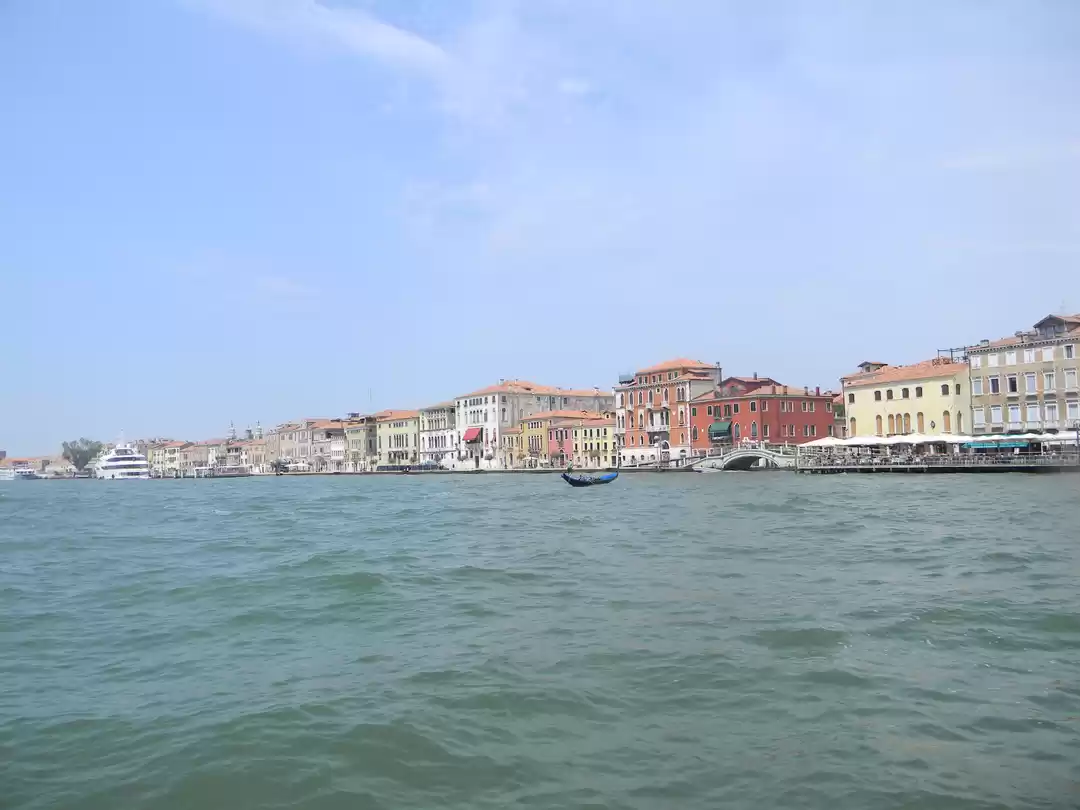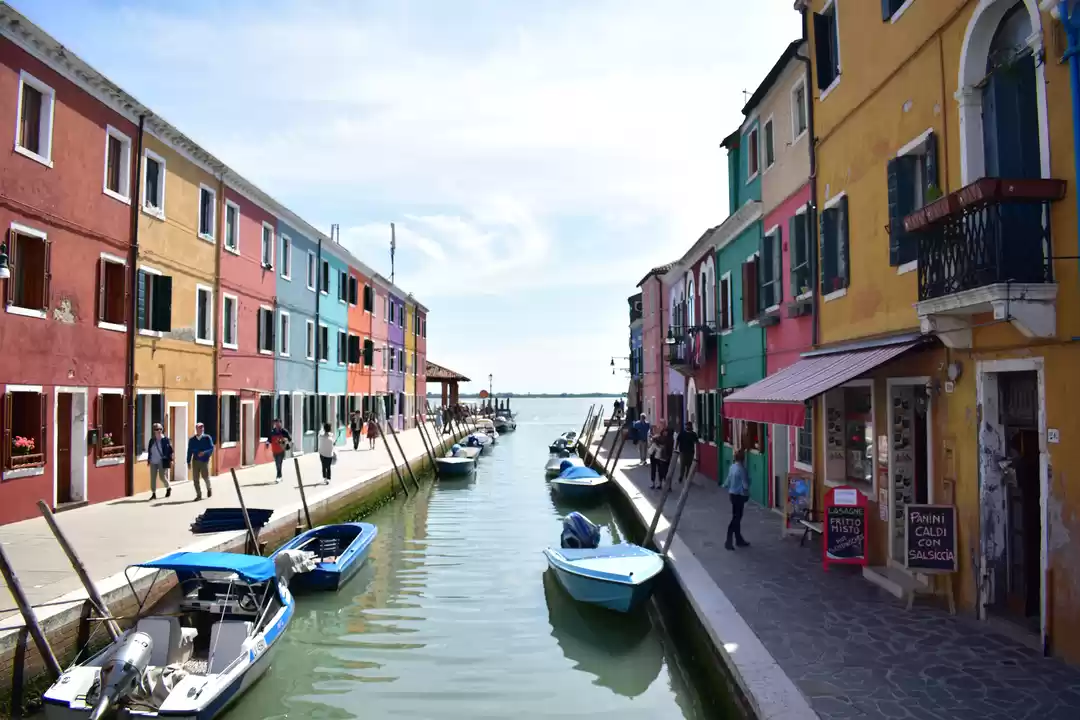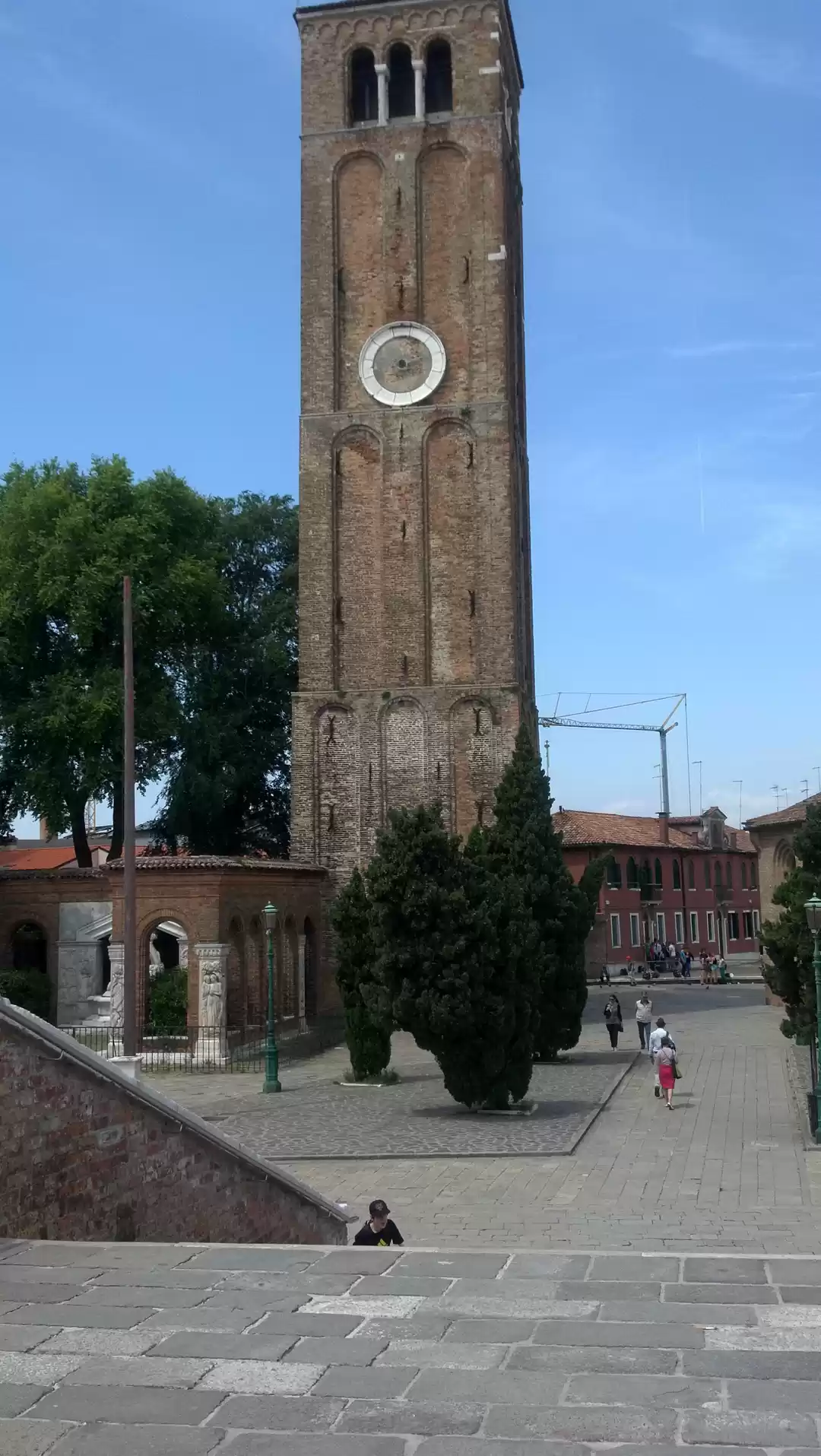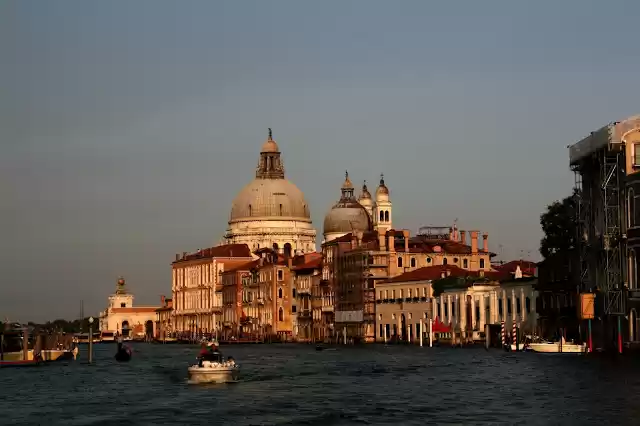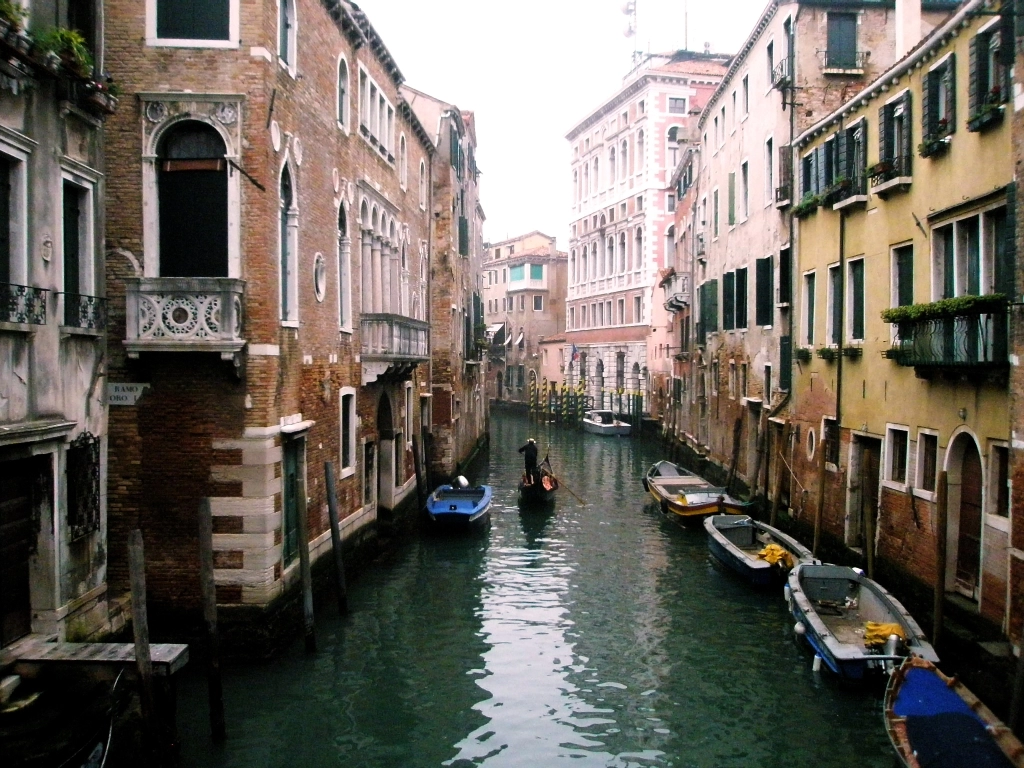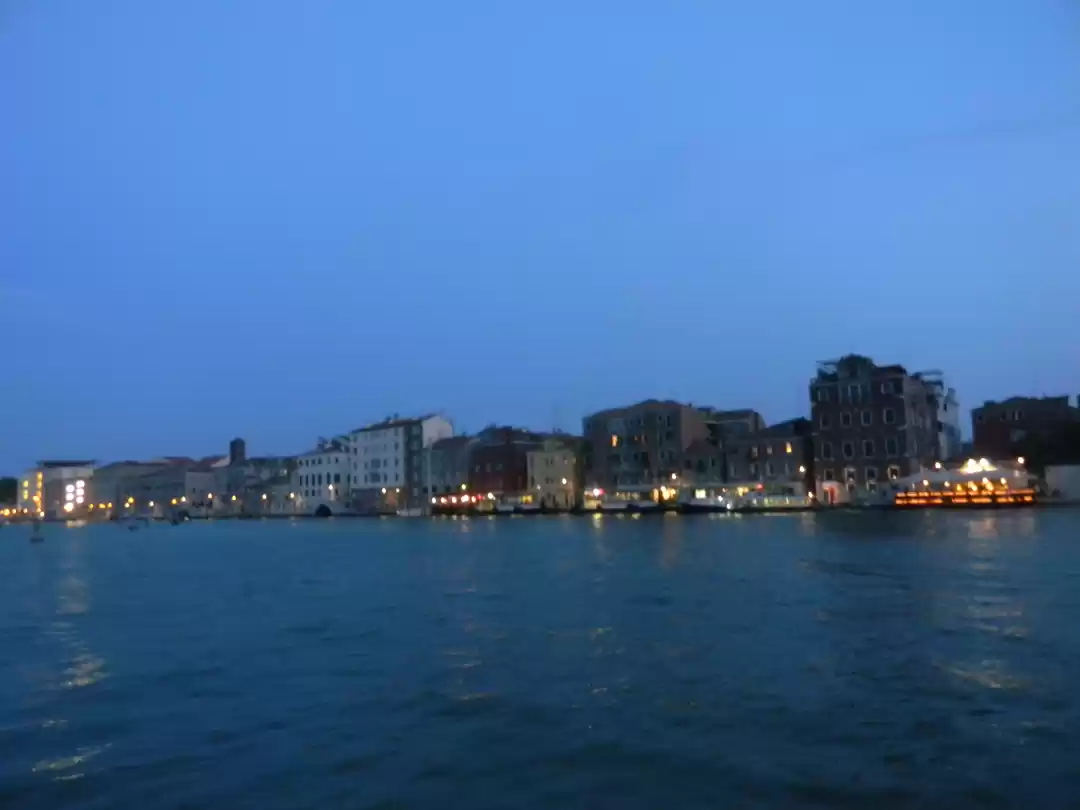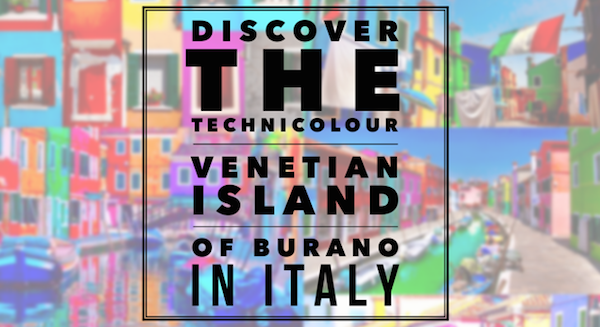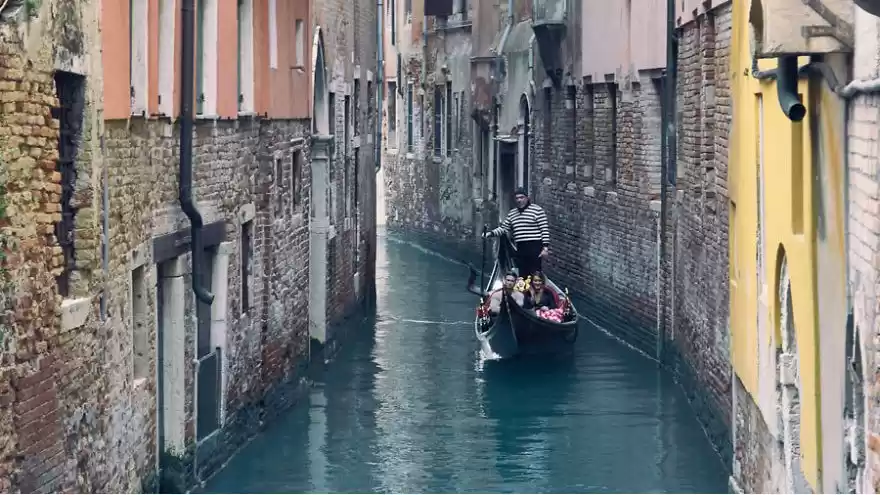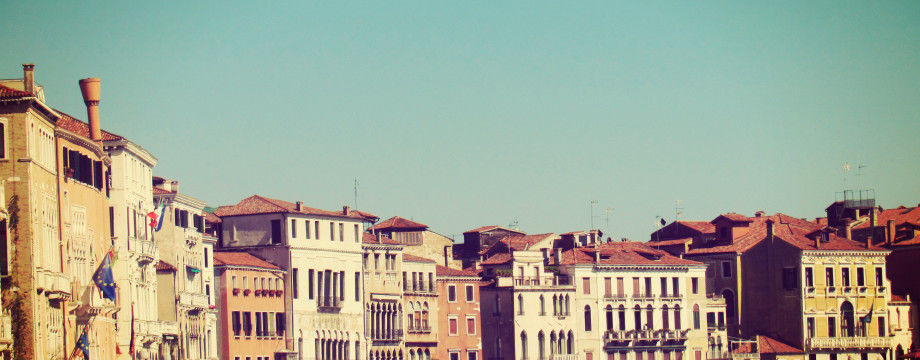
Unlike rest of Europe, planning a trip to Venice can be difficult with confusions about where to stay (in Venice or in mainland), how to travel within the city, and what to see from among the vast options of churches and museums. A lot of tourists visiting Venice are day-trippers – they arrive in hordes in the morning and leave in the evening. About 60,000-70,000 tourists visit Venice daily. They come, visit the top tourist attractions suggested in tourist websites or pamphlets, and leave Venice dismissing it as yet another European city of churches and museums.
Venice is much more than that: an entire city built on sea makes you marvel at the engineering brilliance of those times, beautiful houses now with peeling plasters and sea weed covered doors and stairs speak about the beauty bygone and the canals and small bridges connecting the islets and occasional flooding somehow make you feel you are in a precarious environment. Venetians are free-spirited people, who love their privacy (one of the reasons how the Venetian mask came into being), and love splendor and opulence. The Carnevale festival is a proof of their love for grandness and fun. Venice definitely deserves more than a day to explore the unexplored and enjoy it to the fullest.
To set some context, Venice is an archipelago in the Venetian lagoon. It relies on a system of water transport. There are three kinds of transport vehicles that you find here: Vaporettos (water-buses, the best and cheapest way to travel), Gondolas (flat-bottomed rowing boat for a touristy experience, which charge exorbitant rates) and Traghetto ( small row-boats, used for crossing across the Grand Canal when there are no bridges). Ciao (pronounced as Chao) is used as a greeting at meeting or parting. The major types eateries in Venice: Ristorante (a more upscale restaurant and generally pricey), Trattoria (a more humble, traditional eatery serving local people), Pizzeria (serves pizzas) and Bacaro (bars).
I hope the below travel tips would help you plan a memorable trip to the Queen of the Adriatic.
1. Stay in Venice, not the mainland and not in any of the neighboring islands.
By Venice, I mean the six districts of the cit: San Marco (tourist hot-spot, very pricey), Cannaregio (residential area), Castello (in between San Marco and the public gardens), Dorsoduro (student and art hub), San Polo (includes Rialto markets) and Santa Croce (near bus terminus).Well, accommodation in Venice is exorbitantly priced. A not-so-great B&B would cost you somewhere around Rs.10,000+. And if you are looking for a decent place, then it would be north of Rs. 15,000. The mainland (Mestre) and the neighboring islands of Lido and Giudecca provide cheaper stay options.However, my personal suggestion would be to stay in Venice to enjoy it to the fullest. Who cares if you have a small room and a dingy bathroom when you are in Venice and you will be out all day. With hordes of tourists that throng Venice each day, staying in Venice gives you the privilege to enjoy the sights and sounds in the night and early morning and catch the scenic beauty without being pushed across the bridge. Trust me on this!If you are on tight budget, you can opt to stay at some of the hostels in the city. Or stay through airbnb. You can find out cheaper hostels and hotels through www.hostelworld.com and http://www.hostelbookers.com
2. Get a travel pass. It saves you a lot of money and time in the queue.
You can buy travel pass according to your needs through the VeneziaUnica Website. A 2-day travel pass costs somewhere around EUR 30 and a 3-day travel pass EUR 40. They have a special rolling card of EUR 5 which gives you additional discount on the transport and museums and restaurants.In conjunction with the rolling card, they have special offers for transport as well, and we had got the 3-day pass along with the rolling card at EUR 30. If you are travelling from airport, you can get your pass to include that as well. So, check out the offer most suitable for you.These passes are valid on the ACTV buses and water-buses (only vaporettos). They are also valid in Mestre and surrounding islands. Transport to Murano and Burano is included as well. A one-way ticket, irrespective of the number of stops, costs EUR 8. If we do the maths and also incorporate the time we have saved by avoiding the queues at the ticket counters, buying a pass makes the trip very convenient.
3. On alighting from your bus or vaporetto, first thing get a map of city and the water bus routes. Or get a good offline map downloaded in your phone (try Here Maps)
But then, maps are sometimes not useful as you will find some of the streets and lanes missing in them. Even with a very good direction sense, you might get lost in Venice. Enjoy being lost, its fun
4. If you are not museums or churches fan, drop the pretence and avoid them. Venice has a lot more to offer.
Walk into the unexplored parts of the city, get lost, take the slow vaporetto ride on the Grand Canal (both during the day and in the night), climb up the Clock tower in St. Marks’ square and behold the view of the city and Doge’s Palace, visit the Doges’ Palace and the Bridge of Sighs, walk through the various districts of Venice and enjoy each one’s unique flavors, stroll through the Rialto Market, visit Murano and Burano, maybe catch a glassblowing session in Murano, catch a Venetian supper at some of the classic restaurants, or maybe get a mask and be someone else for sometime
5. But if you are here to see the art and architecture, you can refer the below list of must-see museums and churches (complied by some of the guides at Venice Free Walking Tour). You can also buy a Museum and Churches pass from the VeneziaUnica Website if you plan to visit most of them.
1. Basilica of S. Marco
2. Doge’s Palace and the Prison and the Bridge of Sighs
3. Church of Gesuati
4. Church of Madonna dell’Orto
5. Church of Redentore
6. Correr Museum
7. Archaeological Museum
8. Clock Tower9. Church of S. Cassiano
10. Church of Francesco della Vigna
11. Library Marciana
6. Take a walking tour from Venice Free Walking Tour
They have morning, noon and afternoon tours of 2-3 hours duration. You need to book with them before. They do not take you through the touristy points, rather they take you on the path less traveled. ITs a free tour, and you can tip the guide at the end. The guides are well-versed with facts on Venice and her history. They would share interesting anecdotes and cheerfully answer your questions. It would involve a lot of walking and listening, but at the end of the tour you would be looking at Venice differently. They are the best rated walking tours in Venice in tripadvisor. So, put on your comfortable shoes and march on!
7. Avoid touristy restaurants and walk further into the city to find places where Venetians eat.As a rule, avoid restaurants displaying images of food, and avoid restaurants in the tourist spots. They generally rip you off and the food that you get is a long way from being nice. As our guide suggested, walk away from the crowds, and find places where the owners might not speak English or they don’t display photos of food, and then you know you have stumbled upon a genuine Venetian eatery.Venice became a part of Italy in 1866. They have since learnt to make pizzas and pastas, but if you want to eat some original Venetian cuisine, try the sea food. Also, try their cocktails: Spritz (Prosecco, Aperol and Sparkling Water)and Bellini (Prosecco and Peach puree). If you get a chance, try Ombra (local Venice wine). An important thing to remember, most of the restaurants and bars in Venice have a cover charge for eating in. So if you want a quick drink, do not sit, rather have it standing
8. If you want to catch a free glassblowing demonstration in Murano, visit Vetreria Murano arte s.r.l. (Calle San Cipriano, 48/1). Get down at Murano – Colonna vaporetto stop. Most of the others either charge for viewing the sessions or pester you to buy something from their showrooms.
9. Visit Venice in April to June or September to October. Between November and March, Venice experiences winters and occasional flooding. Be prepared for rains and flooding and carry umbrellas and raincoats if you are travelling in a period with a rains or flooding forecast.
10. Gondola Ride? Well, they are pretty expensive. You would see a board saying Gondola ride for 30 mins is EUR 100, max 6 people. You happily get in with your group of friends, enjoy the ride and at the end are charged a bill of EUR 600. Shocked? Yeah, its around EUR 100 per person and they don’t mention it clearly. You can try the cheaper version, Traghetto, which will transfer you from one side of the Grand Canal to the other. But, if you are willing to spend for a Gondola ride, please do so. After all, Venice was supposed to be roamed around in Gondolas
This post was originally published on 'Travel with Swagatika'.



